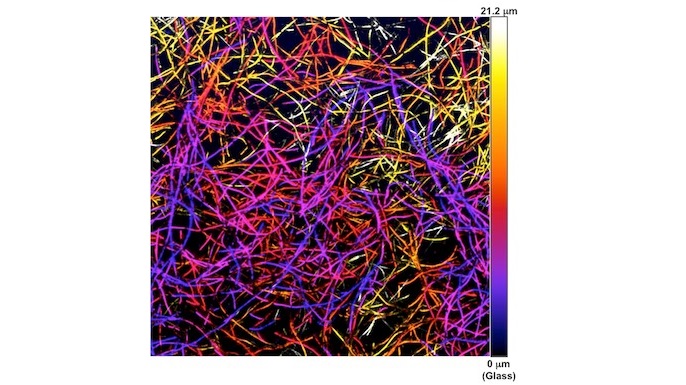Kohlenstoffnanoröhren-Netz hilft neurales Gewebe neu anzuordnen

Künstliche 3D Scaffold Netzwerke aus mehrwandigen Kohlenstoffnanoröhren könnten lokal helfen Nervengewebe neu zu «verkabeln», da diese neurales Wachstum und die Bildung von Synapsen unterstützen können. Die Entdeckung von Forschern aus Italien und Spanien könnte Nervenfasern nach einem Unfall oder einer Erkrankung wieder reparieren. Zudem weisen die Kohlenstoffnanoröhren auch eine gute Biokompatibilität auf.
The central nervous system has an inherent ability to regenerate itself and new carbon nanotube scaffolds could be used to help this process along. Indeed, previous research by has already shown that carbon-based nanostructures, such as MWCNTs, can support neural growth and the formation of synapses. For the first time, a 3D MWCNT self-standing framework as a tissue scaffold was used to interface spinal cord explants from rats. The researchers found that such materials can guide central nervous system reorganisation in 3D, leading to the formation of a dense hybrid tissue that looks like a knotted tangle of tubes.
To study how biocompatible their system was, the researchers implanted small portions of pure 3D MWCNTs into the brains of rats for four months. After an initial, and normal, inflammatory response to the material, none of the animals developed any further adverse tissue reactions. This suggests that the CNT structure can safely integrate into nerve tissue.
This work is an exciting example of using 3D mesh architectures based on nanomaterials for enabling new opportunities in tissue engineering. The authors use of carbon nanotube meshes to guide the growth of neurons in 3D is very interesting from both a basic science perspective and offers unique opportunities in regenerative medicine.
Quelle: nanotechweb.org